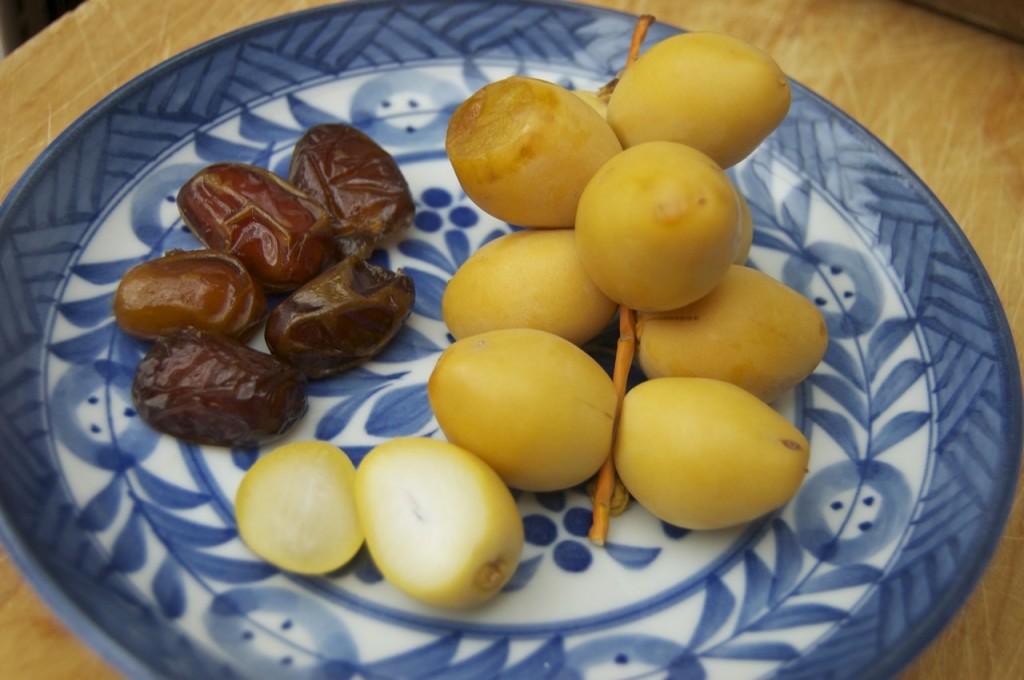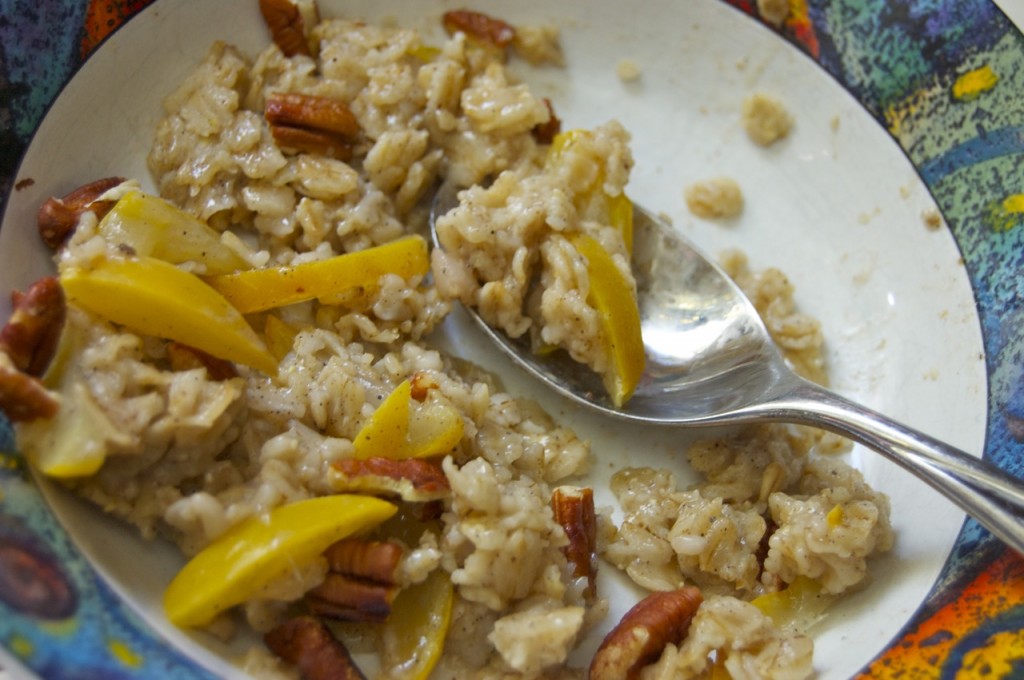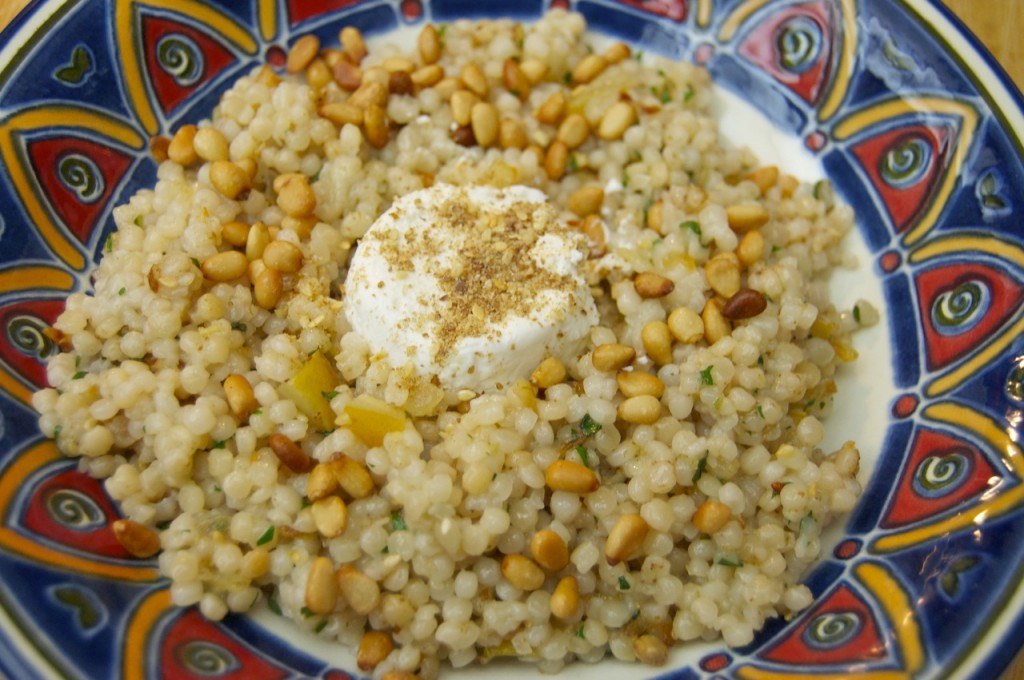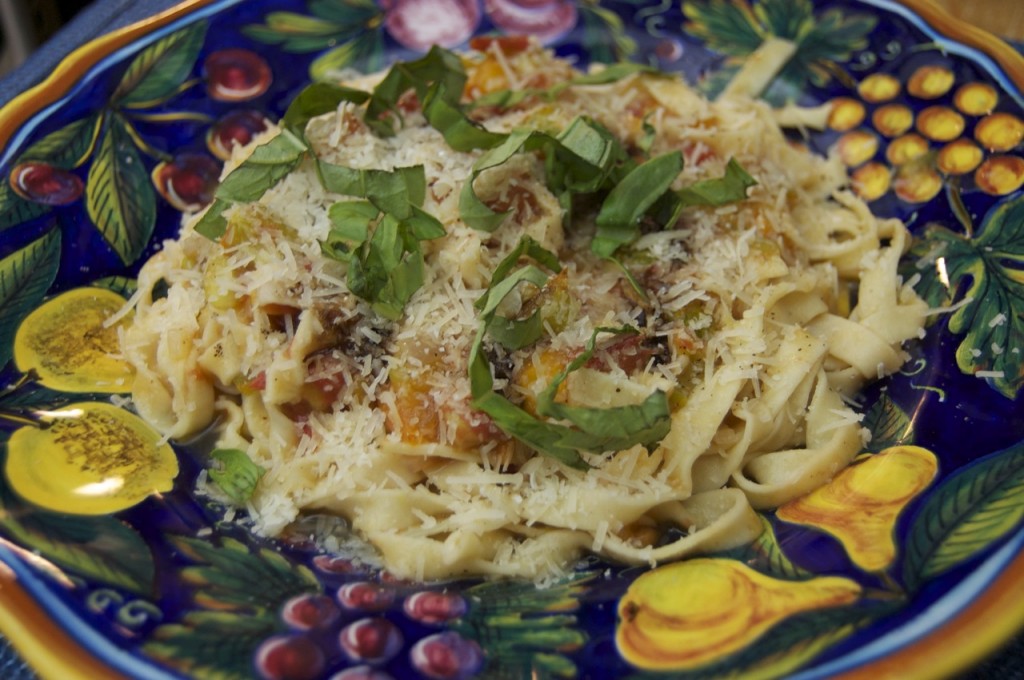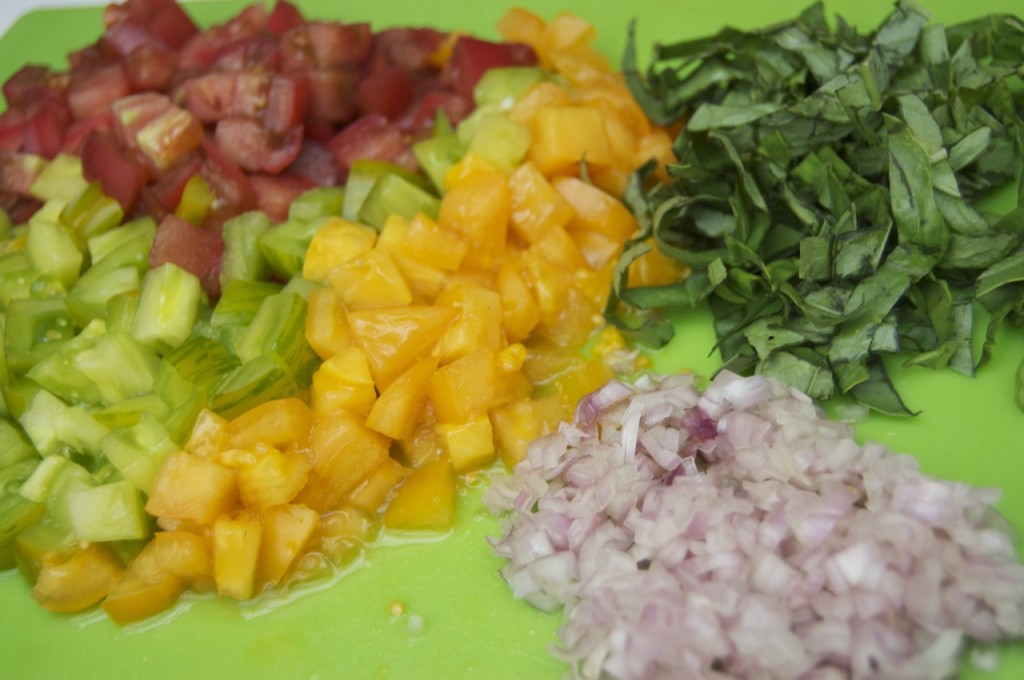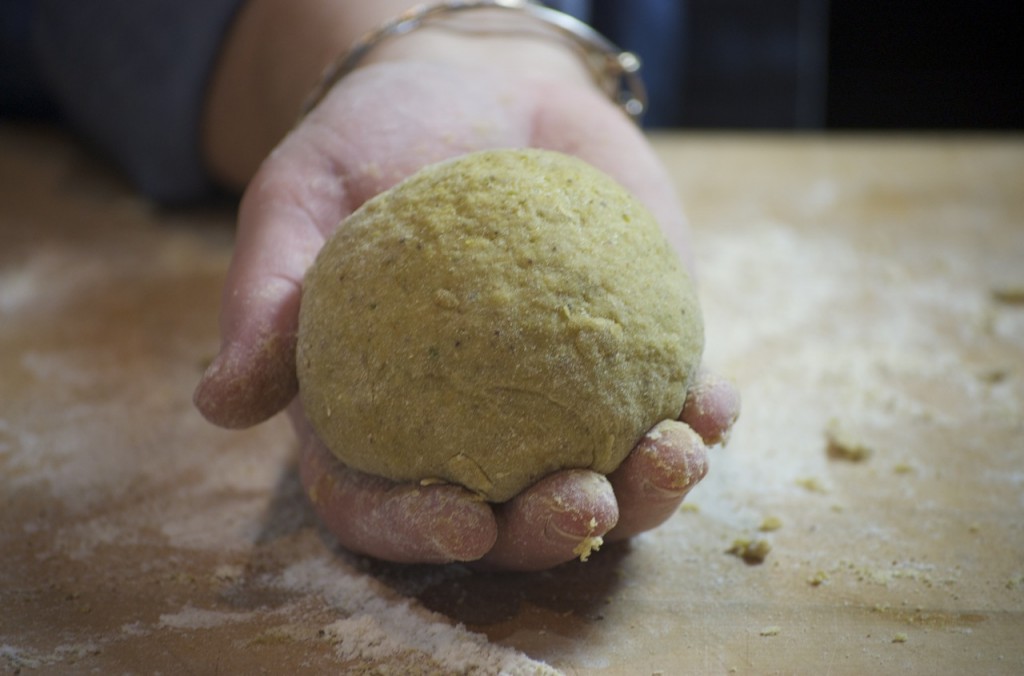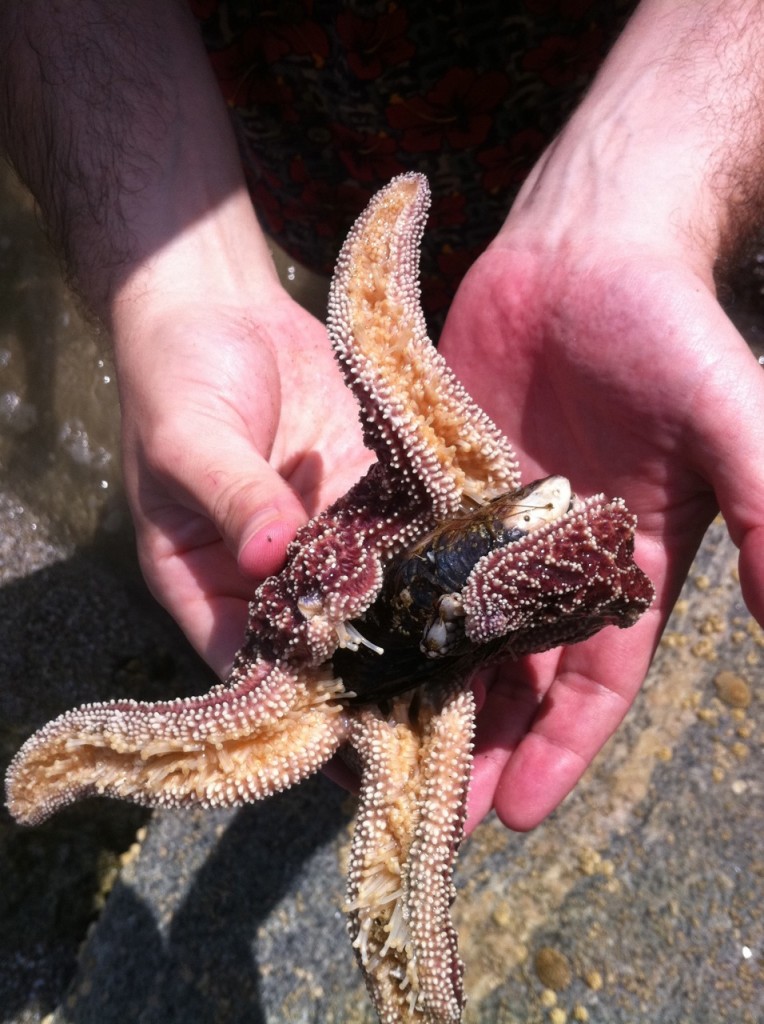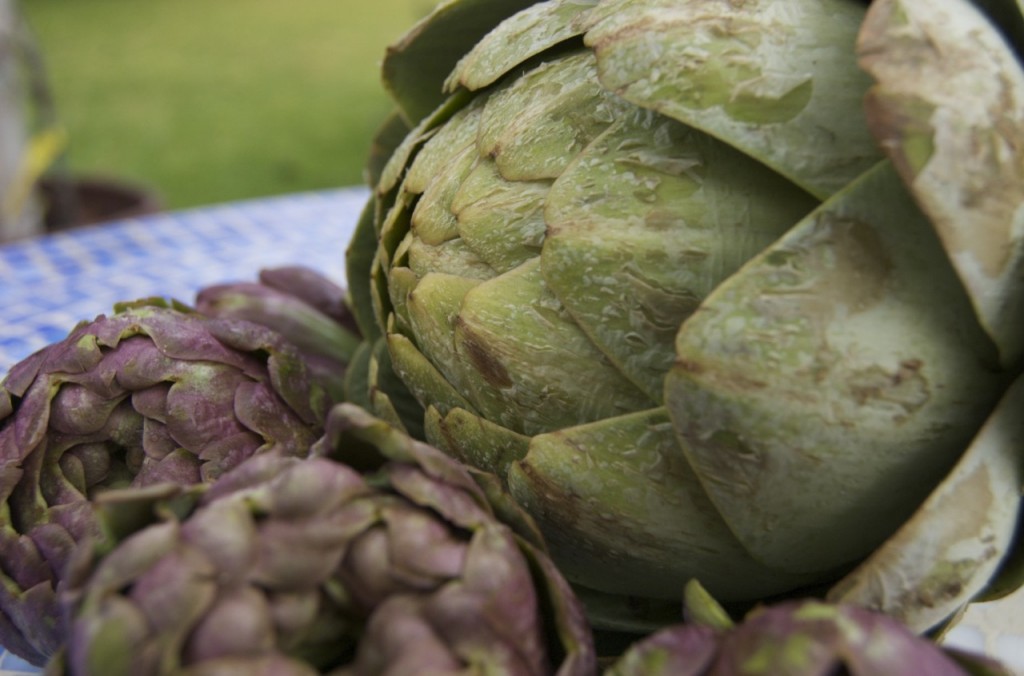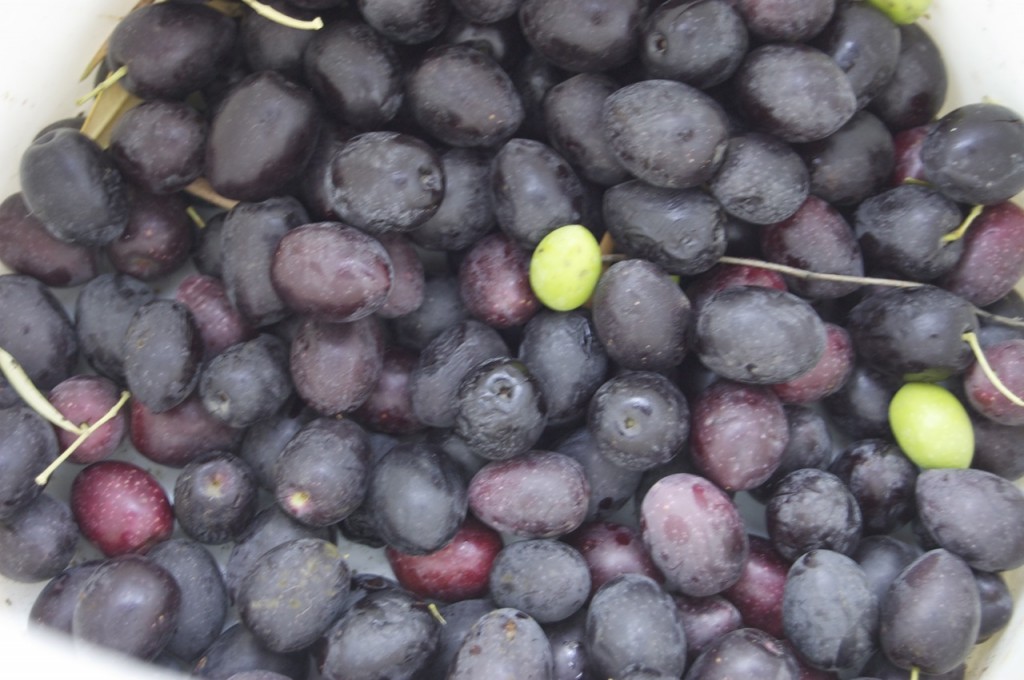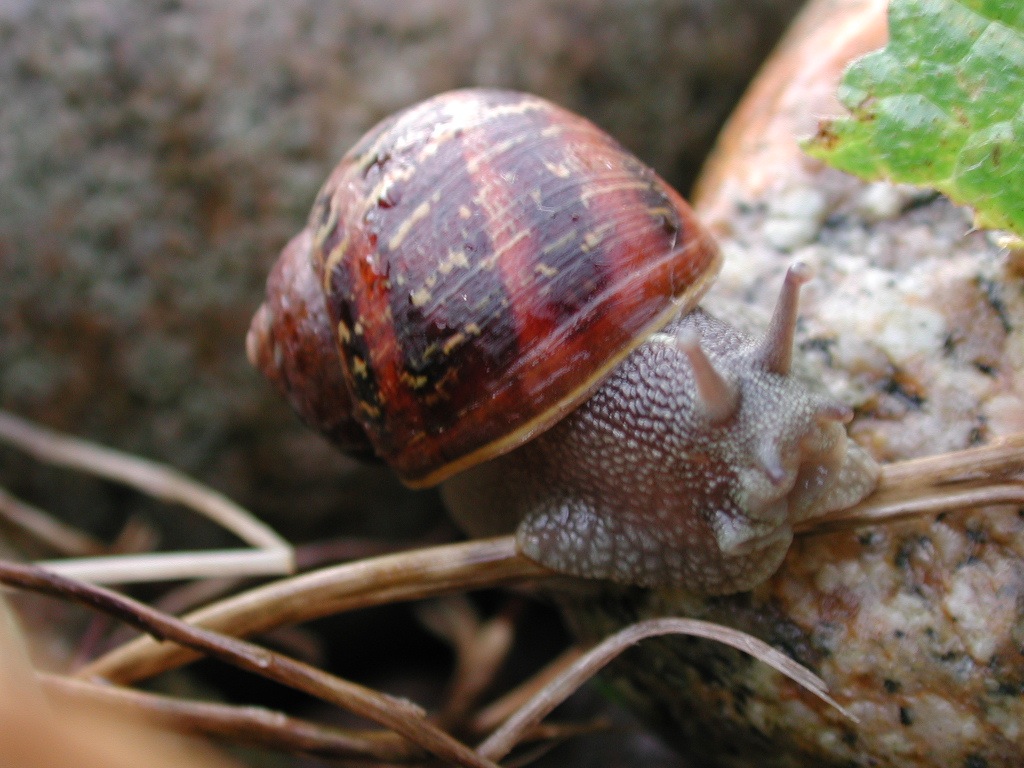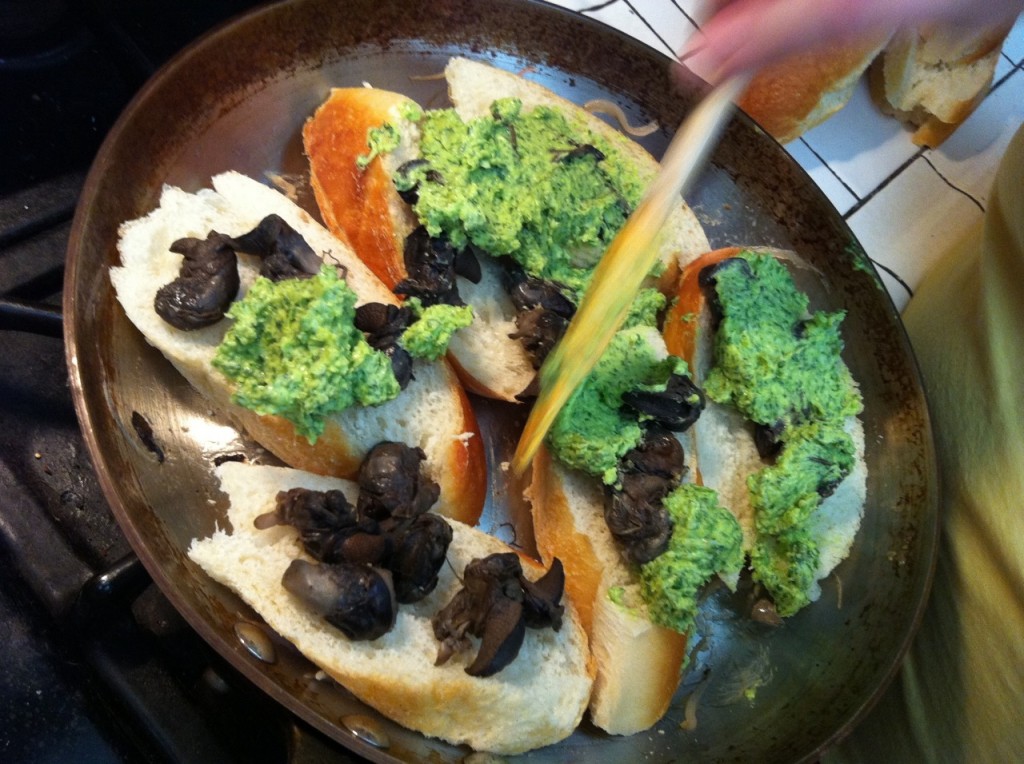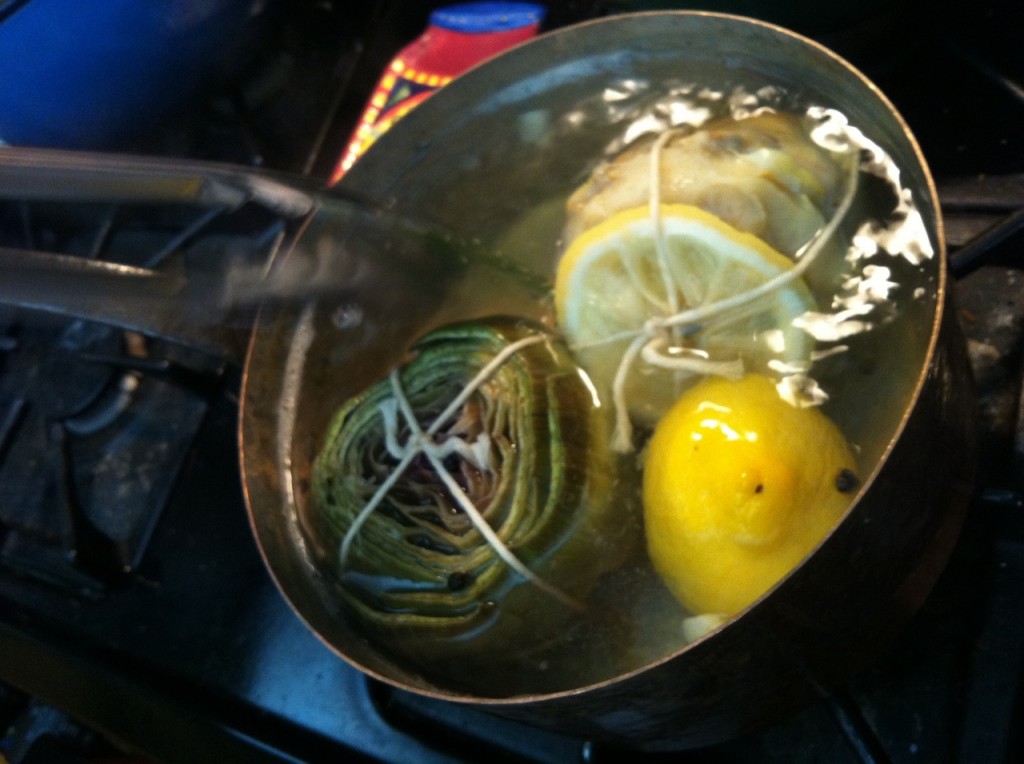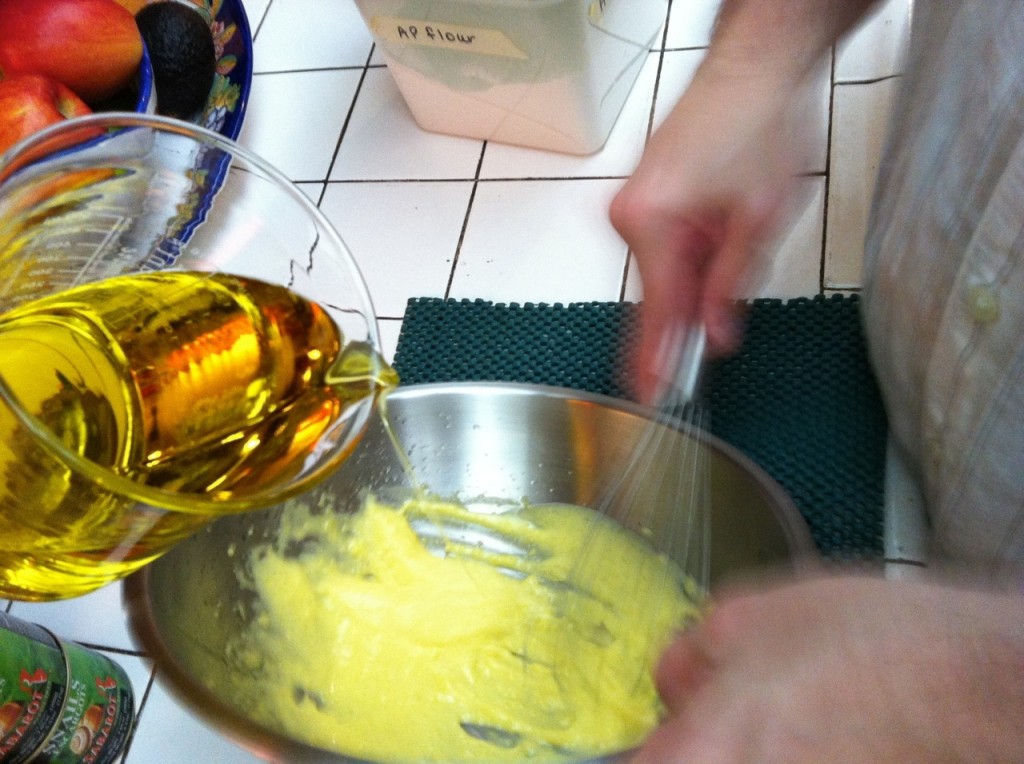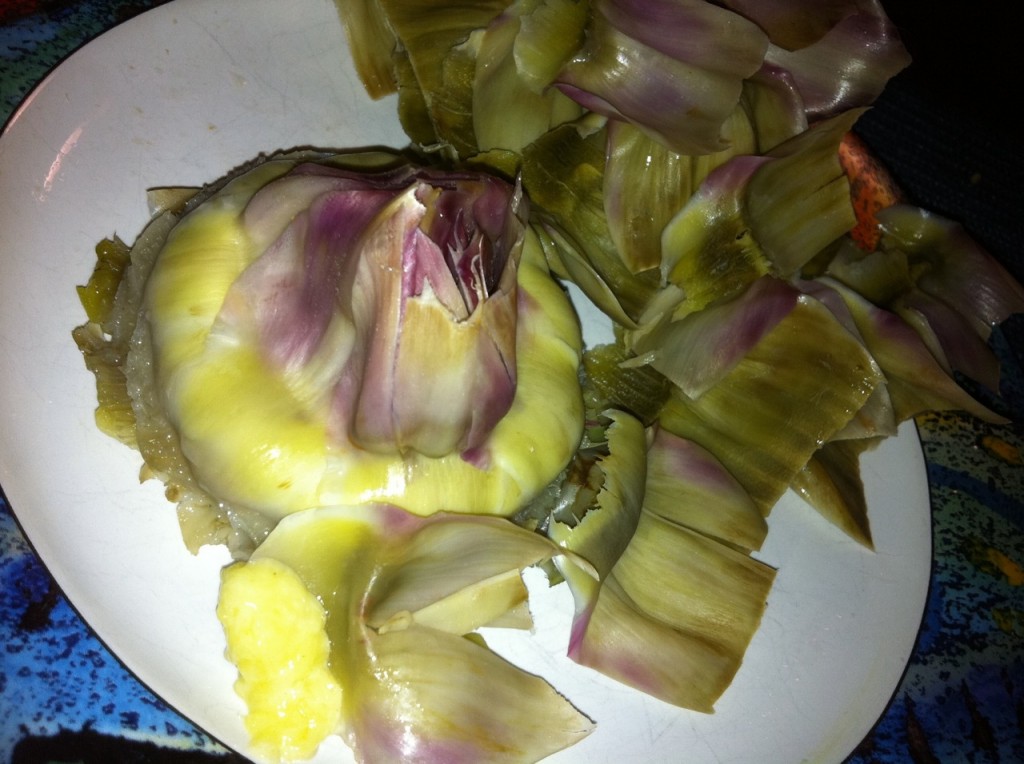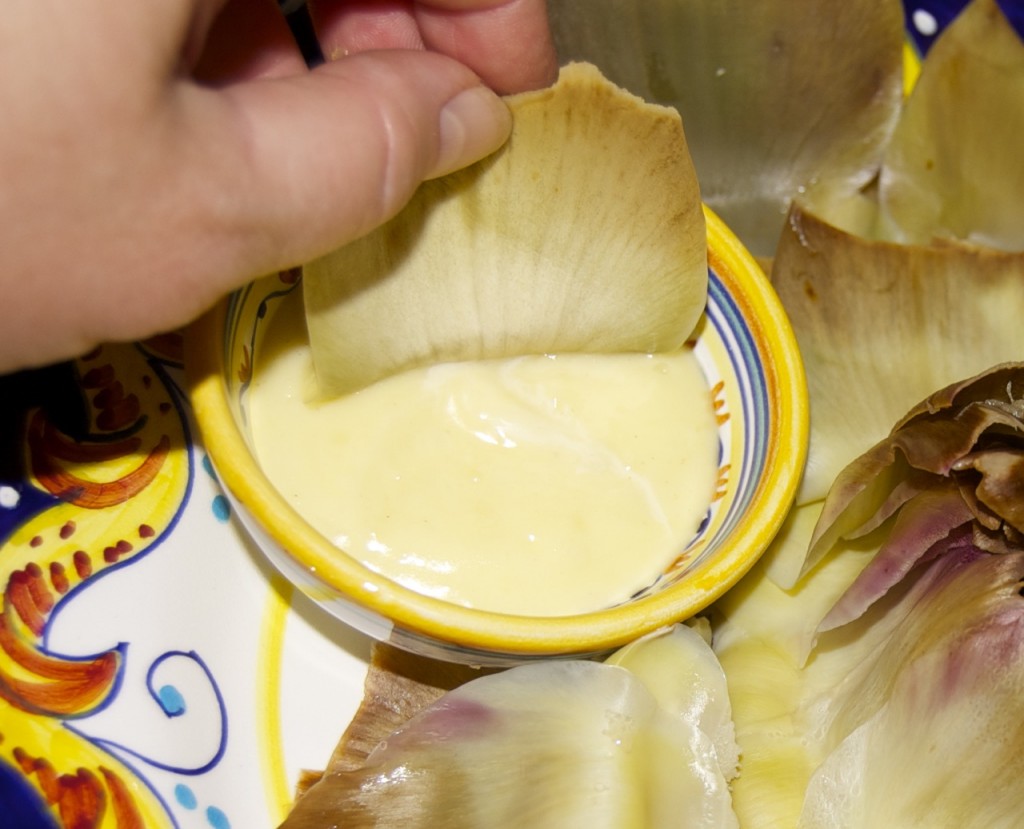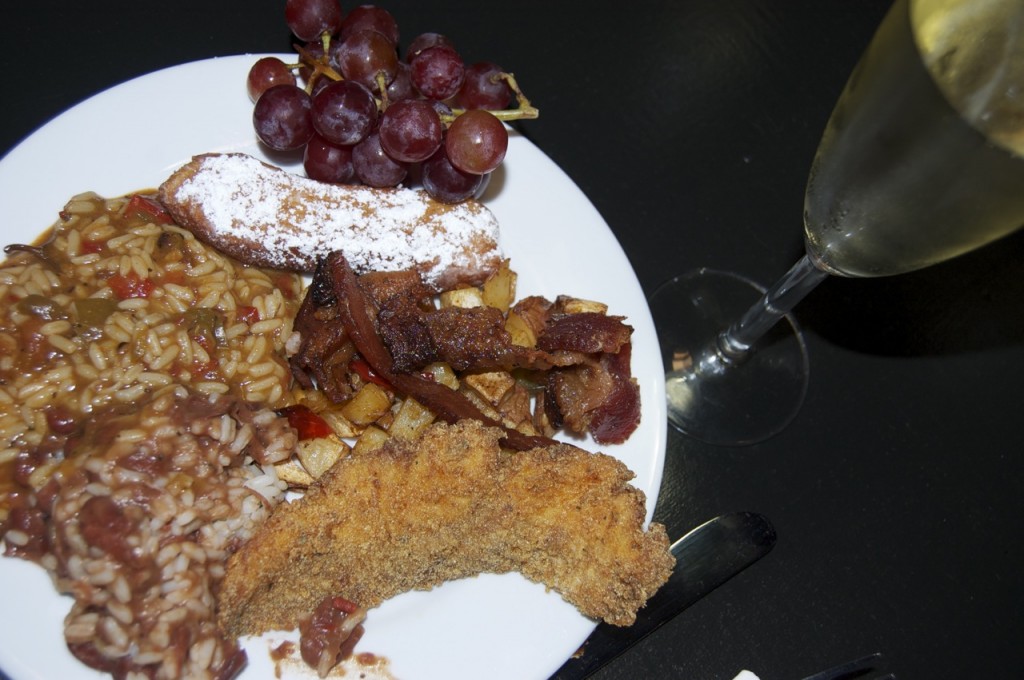Himself and I pedaled to the Studio City Farmers’ Market this past weekend, and in addition to the fresh produce we had in mind to buy, we stocked up on dates for the biking energy they afford. These dates are from Indio, which is close to Palm Springs, and they’re the freshest and juiciest “dried” dates I’ve ever had. But getting to sample them fresh–for the first time!–made the experience even better.
I’ve long admired the stately rows of date palms in the desert of Southern California along the Mexican border between San Diego and Yuma. And I’ve always wondered if they were fit to eat fresh off the tree. They look like large, golden olives, and just-picked olives certainly aren’t edible, so I think was fair to assume that they’d likewise be impossible to eat. But it turns out that fresh dates are not only edible but really, really good. They’re sweet and rather astringent, sort of like persimmons, but with their own intensely honeyed flavor.
Notice the one up close to the top of the stem that looks like it’s beginning to go bad? That’s how a fresh date begins the process of becoming wonderful. Essentially, if you allow them to sit and go soft and pruney, they’ll do the work all by themselves!
I like to eat them out of hand, since I don’t have a problem with the astringency, which I think balances nicely with all that honey-sweetness. But they’re good chopped and tossed over a salad with a handful of nuts–they’re great with cereal, too.
I made oatmeal this morning, added a couple of fresh dates cut into long thin slivers and cooked them for the final three minutes of the cooking time. And tonight I chopped up a fresh date, sautéed it with onion, mixed it into couscous with fresh chopped mint and parsley, toasted pine nuts and some nutty, spicy Egyptian dukkah. Then I set a hunk of goat cheese in the middle to melt. In both instances the fresh dates maintained their crunch, but their sweetness increased while their astringency diminished. I guess fresh dates’ durability in the face of intense heat is what helps them survive in the desert. Of course, in turn they help humans survive in the desert, too. It’s nice the way that works out, eh?
Next I’m thinking I’ll make a pizza with slices of fresh dates, fresh marjoram and perhaps some gruyere. Dates are really good in sweet-and-salty combos. Now I’m craving bleu cheese to go with them. Ah, the hazards of food blogging…
A number of years ago, when Himself and I were fairly newly arrived in California, we were part of a crew making a short independent film, and we shot some scenes in the sand dunes down on the Mexican border, south of the Salton Sea. We left Los Angeles at about 2 a.m., so we could take advantage of the early morning light before the insane heat of the day drove us back into our air conditioned cars and effectively ended our day’s work (by about 10 a.m.!). As we drove through the “outback” of Southern California a full moon illuminated the pale parched landscape and the regiments of date palms bordering our drive. Busy wind turbines glinted amazingly in the moonlight, making the lunaresque landscape twinkle and flash in the dark. So in my odd fashion, I connect date palms with wind turbines. Both provide energy, so at least there really is some connection between the two, although admittedly a tenuous one.
I’ve always liked dates, but now that I’ve gotten to know them in their freshly hatched state, I have a lot more admiration for them and for the possibilities they bring to the table. Yeah, I know I geek out on this kind of stuff too much.
I’m just a dork with a fork.

